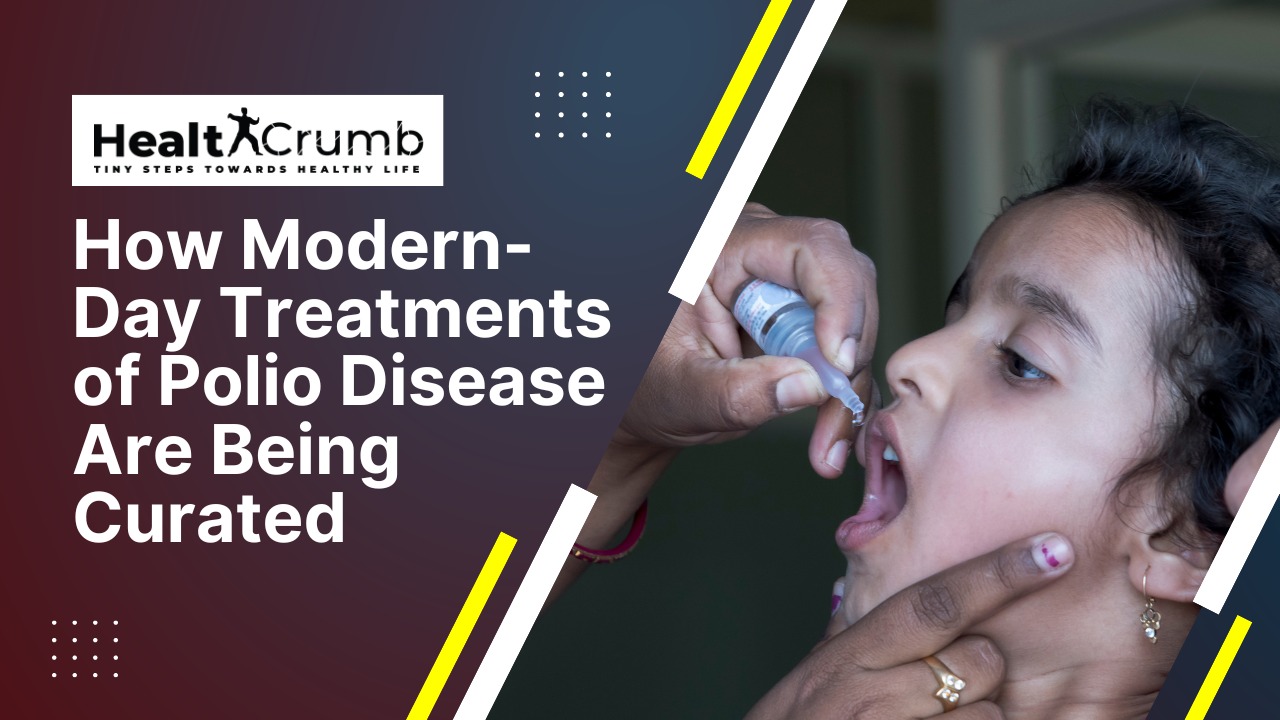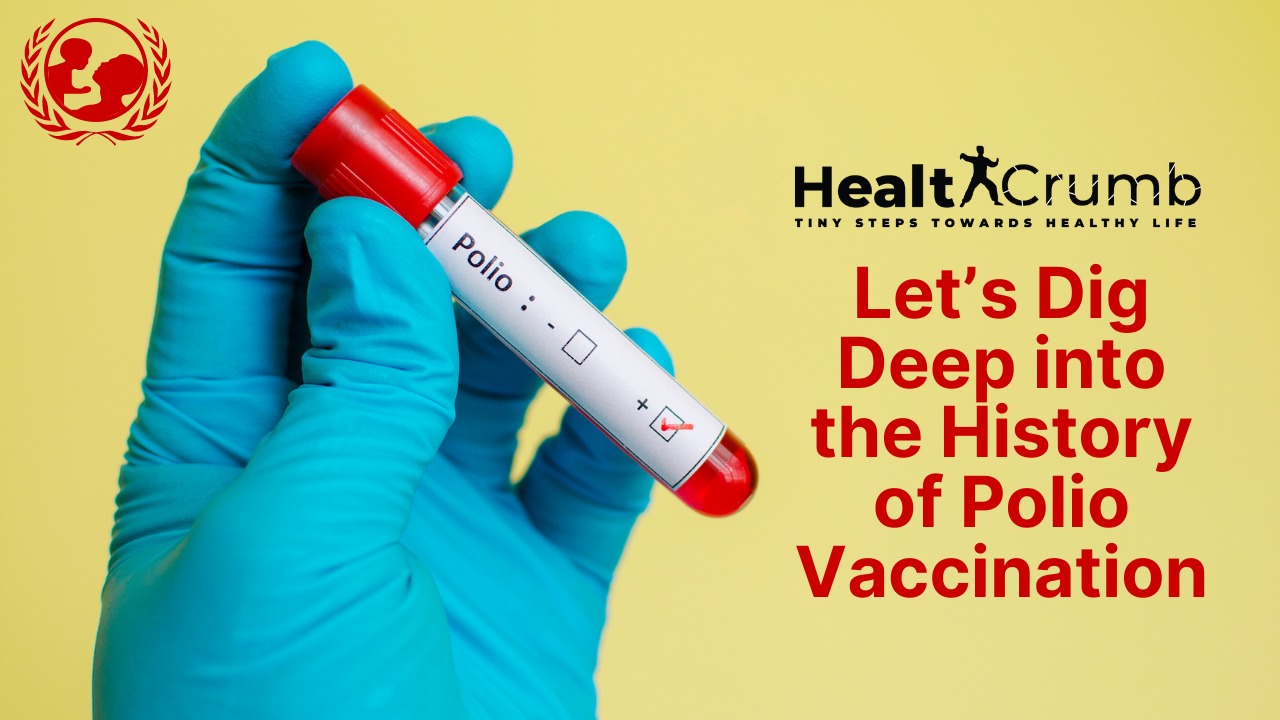Polio is an often-fatal disease that primarily affects children, usually in developing countries. However, recent efforts to eradicate the virus have greatly reduced its spread. As such, this article takes a look at some of the more modern-day treatments of polio and how they are being curated.
What is Polio?
Polio is a highly infectious viral disease that primarily affects the nervous system. It can cause paralysis in individuals of all ages and can be fatal. There is no cure for polio, but modern-day treatments are being curated to improve the patient’s quality of life.
Polio was first recognized in 1817 and caused by a virus. The current form of polio is caused by two different viruses: poliovirus type 1 (PV1) and poliovirus type 2 (PV2).
PV1 is most commonly found in developing countries and PV2 is more common in developed countries. Both viruses are spread through contact with infected saliva, mucus, or blood.
There are three types of poliovirus:
- Oral Polio Vaccine (OPV)
- Inactivated Polio Vaccine (IPV), and
- Live Polio Vaccine (LVP).
OPV is the most effective form of polio vaccine and requires two doses to provide protection against the virus.
IPV is less effective than OPV and requires only one dose to provide protection against the virus.
The live attenuated vaccine (LAV) is a modified form of the OPV that is not as effective as the OPV. The live attenuated vaccine takes several weeks to months to build immunity and requires a second dose to provide protection.
LVP is not currently available in the United States and does not provide protection against poliovirus.
Modern-Day Treatments of Polio
The use of modern day treatments for polio has greatly improved the outlook for those affected by the disease. There are several different types of treatments that are available, and each has its own benefits.
One of the first methods used to treat polio was physical therapy.
This involved stretching and massaging the muscles in the limbs to help improve movement and reduce inflammation.
Gene therapy. This type of treatment involves inserting genes into the virus to block its ability to replicate. Gene therapy has shown some limited success in treating some types of polio, but there is still much work to be done in this area.
This type of treatment involves inserting genes into the virus to block its ability to replicate. Gene therapy has shown some limited success in treating some types of polio, but there is still much work to be done in this area.
Immunoglobulin therapies. These therapies involve infusing antibodies from someone who has been vaccinated against polio into the person who is infected with the virus. This helps reduce the severity and duration of symptoms.
These therapies involve infusing antibodies from someone who has been vaccinated against polio into the person who is infected with the virus. This helps reduce the severity and duration of symptoms.
Today, this method is still used to treat polio, but there are also more modern treatments available.
Another treatment is cryotherapy. This involves freezing the poliovirus in a liquid form and then using a machine to break it down. The frozen virus can then be injected into the body, where it will hopefully attack and destroy the virus.
Other treatments include oral medications.
Oral medications are taken by mouth instead of being injected into the body. Overall, the use of modern day treatments for polio is helping to reduce its spread and improve the quality of life for those afflicted by the virus.
Some of the most common medications used today include antiviral medications, vaccines, and iron supplementation.
Antiviral medications are the most commonly used type of treatment for polio. These medications work by stopping the virus from reproducing, which can help reduce the number of symptoms that a person experiences.
There are several different types of antiviral medications available, and each has its own benefits and drawbacks. Some of the most commonly used antiviral medications include amantadine and rimantadine.
Vaccines are created by taking pieces of the poliovirus and putting them into a vaccine candidate. Once this has been done, it is tested to make sure it is effective against polio. If it is, it can be given to people as a vaccine.
Vaccines work by creating immunity against the virus, which can help reduce the risk of getting polio later on in life.
There are a variety of vaccines available, and each is designed to protect people against different types of polio viruses.
The most commonly used vaccines for polio are the trivalent (3-in-1) vaccine and the quadrivalent (4-in-1) vaccine.
Iron supplementation is also commonly used as a treatment for polio. Iron is important for making sure that cells in the body can function properly, and deficiencies in iron can lead to problems like polio.
The Iron supplementation can help to correct these deficiencies in iron, which can help to reduce the risk of developing polio. Iron supplementation is usually administered by injection, but there are also oralforms of iron available that are less likely to cause side effects.
There are a number of different types of treatments available for polio, and each has its own benefits and drawbacks. Treatment options vary depending on the severity of the infection, and each person’s individual needs will vary.
Current Treatments for Polio Disease
Current treatments for polio disease are being curated in a number of ways. While there is no cure for the virus, current treatments aim to control the symptoms and prevent further damage. Some of the most common treatments include antibiotics, antiviral drugs, and immunoglobulin therapies. Recently, new methods such as oral vaccines have been developed to help protect against the virus.
One of the biggest challenges faced by researchers seeking to develop new treatments for polio is that the virus evolves rapidly. This means that any given treatment may only be effective for a limited period of time.
To keep up with this evolution, researchers are constantly working to develop new methods and strategies for treating polio.
Some of the most promising new treatments for polio include:
Oral vaccines. These vaccines are designed to help protect against polio by giving the body a series of small doses over a period of time. Recent advances in vaccine production have made this type of vaccine more effective and less expensive than ever before.
These vaccines are designed to help protect against polio by giving the body a series of small doses over a period of time. Recent advances in vaccine production have made this type of vaccine more effective and less expensive than ever before.
Antibiotics. These drugs are particularly effective in controlling the symptoms of polio.
These drugs are particularly effective in controlling the symptoms of polio.
Surgery. This type of treatment is sometimes necessary to remove affected tissues from the body.
While there is no cure for polio, current treatments aim to control the symptoms and prevent further damage.
If you or someone you know is experiencing symptoms of polio, please call your doctor for advice.
The Future of Polio Medicine
The polio vaccine is one of the most successful and life-saving medical interventions in history. But despite its success, polio continues to cause serious health problems in some parts of the world. Now, modern-day treatments for polio are being curated by scientists in an attempt to find a cure.
The effort is part of a larger movement to improve the quality of medical research. This is why it’s so important that we continue to invest in cutting-edge treatments like the polio vaccine.
If we can find a cure for polio, it will be a major victory in the fight against disease. And it will help protect the health of future generations.
Are There Side Effects to Polio Treatment?
There are a few possible side effects of polio vaccines. The most common side effect is a mild fever, which usually lasts for about a day. Other side effects can include soreness at the injection site, nausea, and vomiting. In very rare cases, polio vaccines can cause seizures or serious allergic reactions.
There are many different types of treatments for polio. Some treatments use drugs that attack the virus directly. Other treatments help the body fight off the virus by helping the immune system to build up resistance to it.
However, scientists have developed many safe and effective treatments for polio. In most cases, side effects from treatment are mild and typically go away after treatment is completed.
Final Words
Polio is a nasty little virus that has the potential to severely disable or even kill a person. Thankfully, there are various treatments for polio that are being curated to help conserve and protect the life of those who contract it.
The fight against polio has seen many successes over the years, but there is still a lot of work to be done.
By understanding how these treatments work, we can be sure that when an outbreak does occur, we will have the resources necessary to fight back and ensure a positive outcome for all involved.



